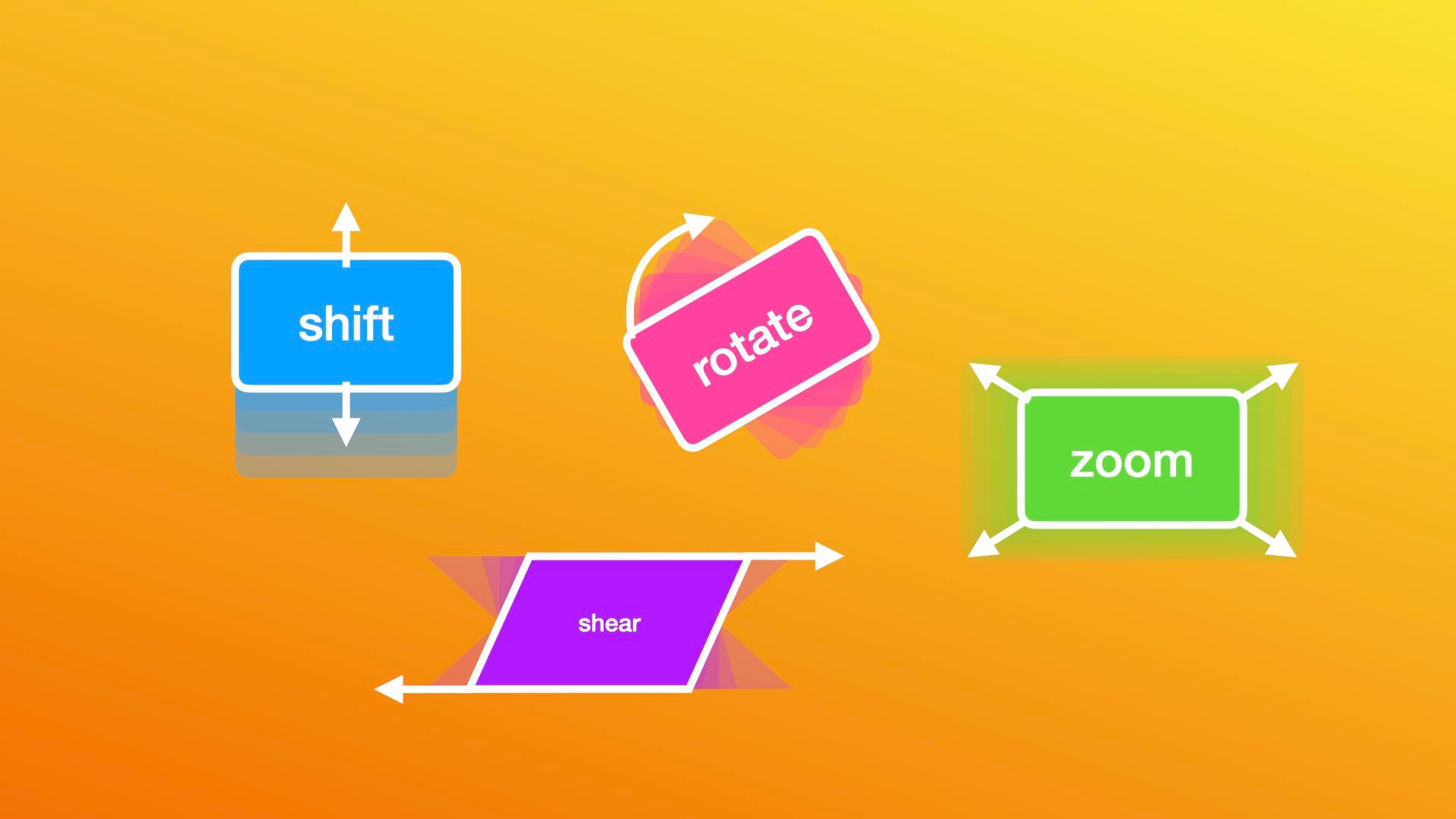
- #HOW TO USE KERAS DATA AUGMENTATION GENERATOR#
- #HOW TO USE KERAS DATA AUGMENTATION ZIP#
- #HOW TO USE KERAS DATA AUGMENTATION DOWNLOAD#
- #HOW TO USE KERAS DATA AUGMENTATION WINDOWS#
The same dataset, and apply a lambda value within the range sampled from a Beta distribution To perform the mixup routine, we create new virtual datasets using the training data from from_tensor_slices (( x_test, y_test )).
#HOW TO USE KERAS DATA AUGMENTATION ZIP#
zip (( train_ds_one, train_ds_two )) val_ds = tf. batch ( BATCH_SIZE ) ) # Because we will be mixing up the images and their corresponding labels, we will be # combining two shuffled datasets from the same training data. from_tensor_slices (( new_x_train, new_y_train )). batch ( BATCH_SIZE ) ) train_ds_two = ( tf. # Put aside a few samples to create our validation set val_samples = 2000 x_val, y_val = x_train, y_train new_x_train, new_y_train = x_train, y_train train_ds_one = ( tf. This example requires TensorFlow 2.4 or higher. mixup can beĮxtended to a variety of data modalities such as computer vision, naturallanguage Transforms for a given dataset, medical imaging datasets, for example. Mixup is specifically useful when we are not sure about selecting a set of augmentation mixup relaxes this byĬombining different features with one another (same happens for the labels too) so thatĪ network does not get overconfident about the relationship between the features and The technique is quite systematically named - we are literally mixing up the features and (Note that the lambda values are values with the range and are sampled from the It's implemented with the following formulas: Mixup is a domain-agnostic data augmentation technique proposed in mixup: Beyond Empirical Risk Minimizationīy Zhang et al. history = new_model.MixUp augmentation for image classificationĭescription: Data augmentation using the mixup technique for image classification. Then we start training the model using the fit_generator function. New_pile(loss='categorical_crossentropy', Top_model.add(Dense(num_classes, activation='softmax', kernel_regularizer=regularizers.l2(0.01), name='features', input_shape=(None, 2048)))Īdd top and bottom layer together and compile the model. Top_model.add(GlobalAveragePooling2D(input_shape=(8, 8, 2048))) Prepare_transfer(model, reinit = True, keep_index = 229) def prepare_transfer(model, reinit = True, keep_index = 229):įor idx, layer in enumerate(model.layers):Įlif reinit and hasattr(layer, 'kernel_initializer'): Set your own number of classes with the num_classes variable. For the latter we make an extra function prepare_transfer. Now a new top layer needs to be added and lower layer need to be set to be none trainable such that pre-trained weights aren’t lost. model = applications.InceptionV3(weights='imagenet', include_top=False, input_shape = (img_width, img_height, 3))
#HOW TO USE KERAS DATA AUGMENTATION DOWNLOAD#
We will do transfer learning with Inception V3 where we first download the pretrained model. Nb_validation_samples = validation_generator.samples

Validation_generator = train_datagen.flow_from_directory(Ĭlass_mode='categorical', subset='validation', shuffle=True)
#HOW TO USE KERAS DATA AUGMENTATION GENERATOR#
In the same way we create a validation generator for generating validation data. Finally the number of images in the training data set is stored in the variable nb_train_samples. Furthermore this will generate the training subset (80%) and all images will be resized to the size required by the chosen deep learning architecture.
#HOW TO USE KERAS DATA AUGMENTATION WINDOWS#
The train_generator is set to flow / generate images from a directory on the Windows drive D.


train_generator = train_datagen.flow_from_directory(Ĭlass_mode='categorical', subset='training', shuffle=True) Furthermore we shear images upto a 45 degree angle shearing is useful when you must classify images that are made at an angle. Specifically we can see that the we make a 80% / 20% split. train_datagen = ImageDataGenerator(Ĭreate one ImageDataGenerator that we will use for generating validation data and training data. Furthermore get the preprocessing function preprocess_input to do the image preprocessing required by the deep learning architecture you use ( Inception V3 in this example). Import the ImageDataGenerator to do data augmentation with Keras. Import as Kįrom tensorflow.keras import optimizers, metrics from _v3 import preprocess_inputįrom import ImageDataGeneratorįrom import Sequentialįrom import Dropout, Flatten, Dense, GlobalAveragePooling2Dįrom tensorflow.keras import applicationsįrom tensorflow.keras import regularizers More examples can be created by data augmentation, i.e., change brightness, rotate or shear images to generate more data. Training deep learning neural networks requires many examples to make the network better able to classify a new image.


 0 kommentar(er)
0 kommentar(er)
